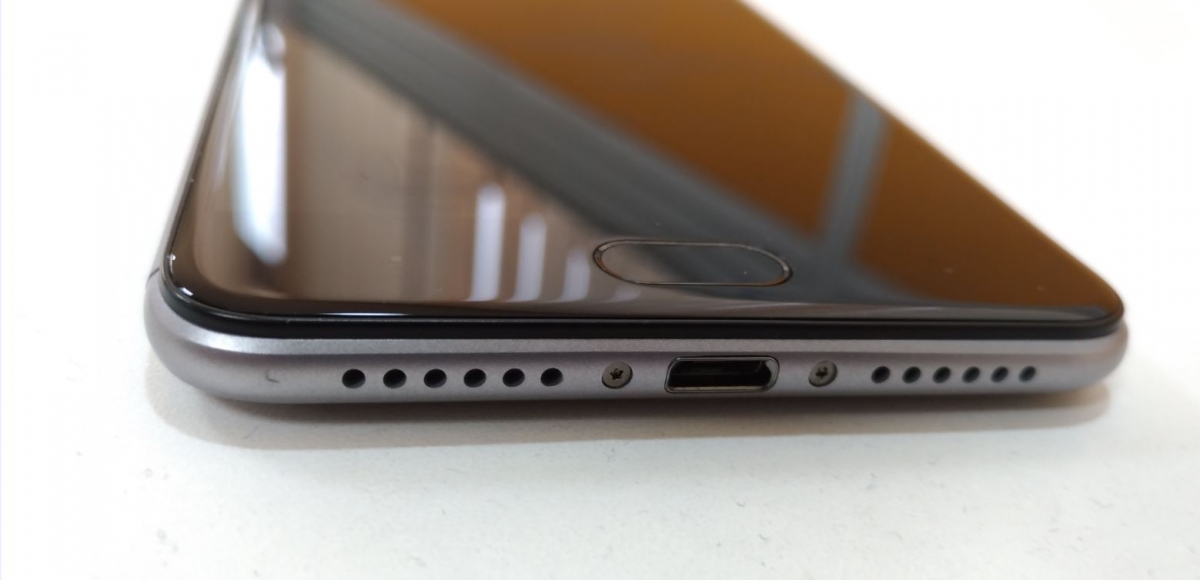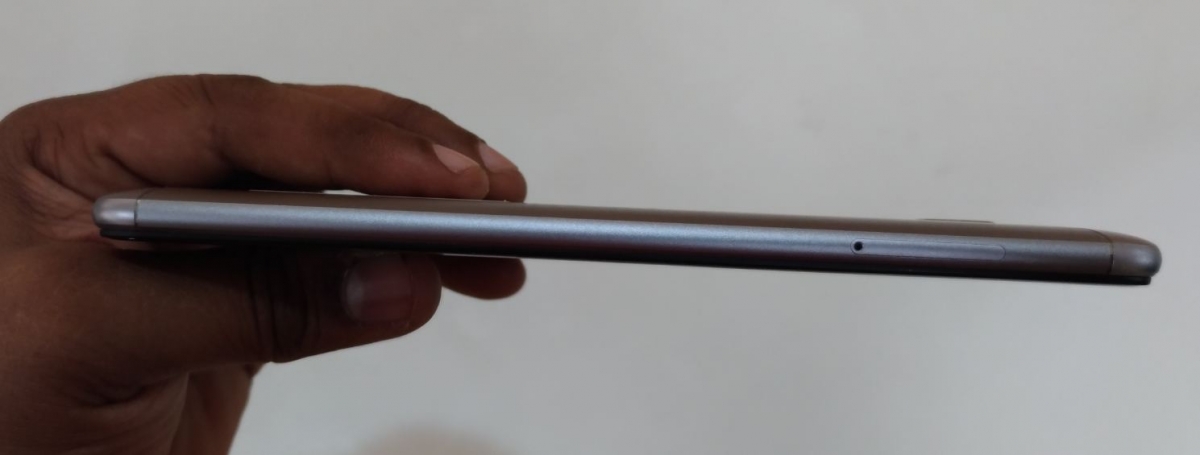
Gionee A1, which broke covers globally at the Mobile World Congress (MWC) 2017 in late February in Barcelona, made its way to India a few weeks ago.
It costs Rs.19,999 and faces competition from Xiaomi Redmi Note 4, Vivo V5, Oppo F3 series, and others. We have been using it for more than two weeks and here is our verdict.
Also read: Asus Zenfone 3 Review
Gionee A1 design and display review (4.5/5):
One of the striking aspects of Gionee A1 series is its uni-body design language. It carries a visually appealing curved body with smooth rounded corners. The thickness seamlessly tapers towards the edge, giving a slim profile to the phone's structure.
But the phone's weight is on the heavier side, reminding us how generously the company has used the metal to make the phone's structure stable and able to withstand any accidental falls.
It features a 5.5-inch AMOLED display. It was a treat watching high resolution videos on the screen.
Gionee A1 performance review (3/5):
In this aspect, Gionee A1 fares pretty well. It scored 46,664 points on the AnTuTu benchmarking app while on Geekbench, it got 713 and 2,148 point in terms of single-core and multi-core tests , respectively. This is actually dismal compared to the popular Redmi Note 4, which scored 60,369 points on the AnTuTu benchmarking app and got 809 and 2726 points on Geekbench v4.0's single-core and multi-core tests, respectively.
Also read: Xiaomi Redmi Note 4 review
However, high benchmarking app score does not necessarily mean that the phone is of top-class quality. We should also take note of the user-interface, and factors like if the device gets over-heated quickly upon loading video games and other practical aspects to judge its performance. This is where Gionee A1 comes off good.
During our tests, its response was swift, be it during the opening of apps or switching between apps. We also played graphic-heavy games (Asphalt 8), and it showed less lag and did not overheat much.
Gionee A1 runs Amigo 4.0 based on Android 7.0 Nougat with 2.0GHz MediaTek (MT6755) Helio P10 octa Core Processor, 4GB RAM and 64GB internal memory, which can be expandable up to 256GB via micro SD card.
Gionee A1 camera review (4.5/5):
As highlighted by the company, Gionee A1 aces in terms of the camera aspect. Both the front and the rear-side snappers capture impressive photos.
In the front, it boasts feature-rich 16MP snapper with f/2.0 aperture, PDAF (Phase Detection Auto Focus), five physical lens having 2.0 µm Pixel size.
To improve the selfie-experience, the company has incorporated dedicated LED flash and also Face Beauty 2.0 app with a array of filters and face tone enhancing tools for selfies and video calls for WhatsApp and Facebook Messenger.
As for as the primary camera is concerned, it features an equally impressive 13MP shooter with f/2.0 aperture, PDAF and it gets the support from dual-tone LED flash for low-light photography.
Check out the Gionee A1 camera samples below:
Gionee A1 battery review (4/5):
It comes with a 4,100mAh battery and did not disappoint us at all. We tested Gionee A1 in all aspects, which included standard voice-calling, WhatsApp video calling (and also multimedia message conversation), internet browsing, a few minutes of YouTube content viewing and video-gaming session for short duration. It was able to give us a full day battery life with a little over 10 percent power still left in its tank. We like to give the credit to the company for using power-efficient AMOLED display on Gionee A1 instead of power-guzzler LCD screen.
If the phone is used more conservatively, the battery can easily last for one-and-a-half days.
Gionee A1 final verdict (4/5) 4:
Gionee A1 fares pretty well for a mid-tier category phone. We were impressed with the device's design language, build quality and the camera was the stand-out feature.
We believe Gionee A1 has got all the ammunition to take on the rival-camera phones — Vivo V5 and Oppo F3 series.





























![Limited edition Phone (3a) launched in India; what's special about it [read now]](https://data1.ibtimes.co.in/en/full/825642/limited-edition-phone-3a-launched-india-whats-special-about-it-read-now.png?w=220&h=135)